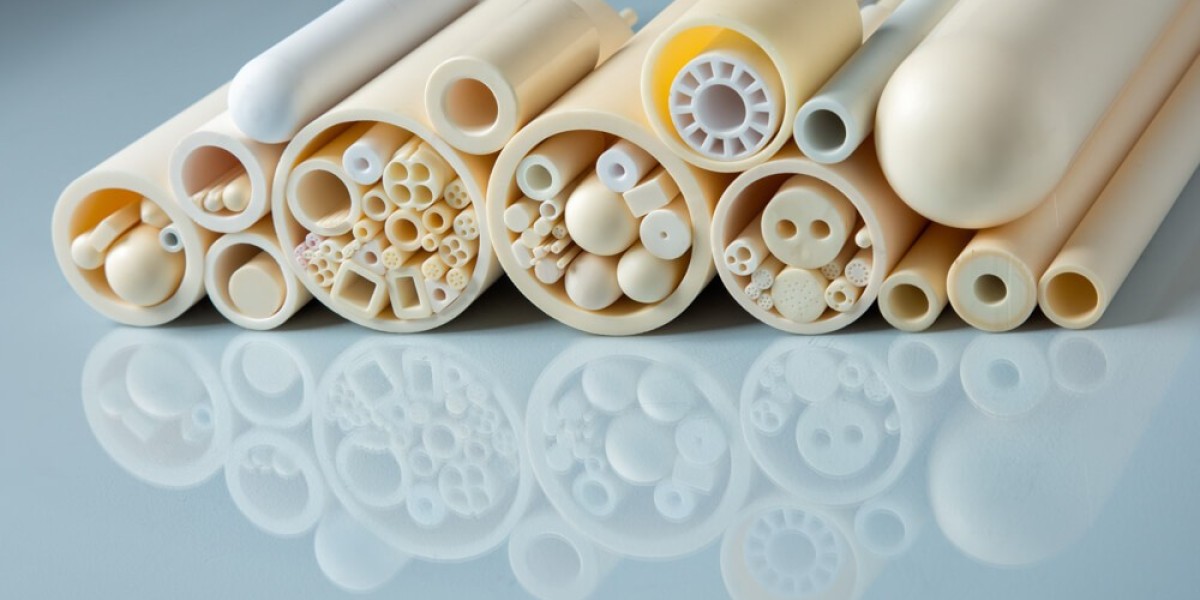Advanced ceramics are revolutionizing material science, providing unparalleled benefits in various high-tech applications. Their exceptional properties, including high thermal resistance, mechanical strength, and chemical stability, make them indispensable in industries ranging from aerospace to electronics. This blog delves into the latest innovations in advanced ceramics and how they are shaping the future of material science.
Understanding Advanced Ceramics
Advanced ceramics, also known as technical ceramics, differ significantly from traditional Advanced Ceramics used in pottery and construction. These materials are engineered for specific properties and applications. Common types include alumina, silicon carbide, zirconia, and silicon nitride. Their development involves sophisticated processes such as powder processing, sintering, and additive manufacturing, ensuring precise control over their microstructure and properties.
Breakthroughs in Manufacturing Techniques
One of the most significant innovations in advanced ceramics is the advancement in manufacturing techniques. Traditional methods like pressing and sintering are being complemented and, in some cases, replaced by modern approaches such as:
Additive Manufacturing (3D Printing): This technique allows for the production of complex ceramic geometries that were previously impossible to achieve. It enables rapid prototyping and customization, reducing material waste and production costs.
Spark Plasma Sintering (SPS): SPS is a novel sintering method that uses electric currents to densify ceramic powders at lower temperatures and shorter times than conventional methods. This results in ceramics with superior mechanical properties and finer microstructures.
Enhanced Properties Through Nanotechnology
Nanotechnology is playing a crucial role in enhancing the properties of advanced ceramics. By manipulating materials at the nanoscale, scientists can significantly improve the strength, toughness, and thermal resistance of ceramics. For instance, incorporating nanoparticles into ceramic matrices can lead to materials with unprecedented hardness and durability, making them ideal for cutting tools and wear-resistant components.
Applications in High-Tech Industries
Advanced ceramics are indispensable in various high-tech industries due to their unique properties:
Aerospace: Ceramics like silicon carbide and zirconia are used in aerospace components due to their high thermal resistance and lightweight nature. They are critical in manufacturing turbine blades, thermal barriers, and heat shields.
Electronics: In the electronics industry, advanced ceramics are essential for producing components such as semiconductors, insulators, and substrates for integrated circuits. Their electrical insulation and thermal conductivity properties make them ideal for high-performance electronic devices.
Medical: In the medical field, bioceramics like hydroxyapatite and zirconia are used for bone implants and dental applications due to their biocompatibility and mechanical strength.
Sustainability and Environmental Impact
Advanced ceramics are also contributing to sustainability efforts. Their high durability and resistance to extreme conditions mean longer lifespans for components, reducing the need for frequent replacements. Additionally, ceramics can withstand high temperatures without degrading, making them suitable for applications in renewable energy technologies, such as fuel cells and solar panels.
The future of advanced ceramics lies in continuous research and development. Scientists are exploring new ceramic composites and hybrid materials that combine the best properties of different ceramics. There is also a growing interest in multifunctional ceramics that can perform multiple roles, such as structural support and energy storage.
The integration of artificial intelligence and machine learning in ceramic manufacturing processes is expected to enhance precision and efficiency. These technologies can optimize the design and production processes, leading to the development of ceramics with tailored properties for specific applications.
Innovations in advanced ceramics are at the forefront of material science, driving progress in various high-tech industries. With ongoing research and technological advancements, these materials will continue to evolve, offering new possibilities and solutions for some of the world's most challenging engineering problems. As we look to the future, the role of advanced ceramics in shaping the landscape of material science is undoubtedly significant and promising.
Get More Insights On Advanced Ceramics
Explore More On Advanced Ceramics



